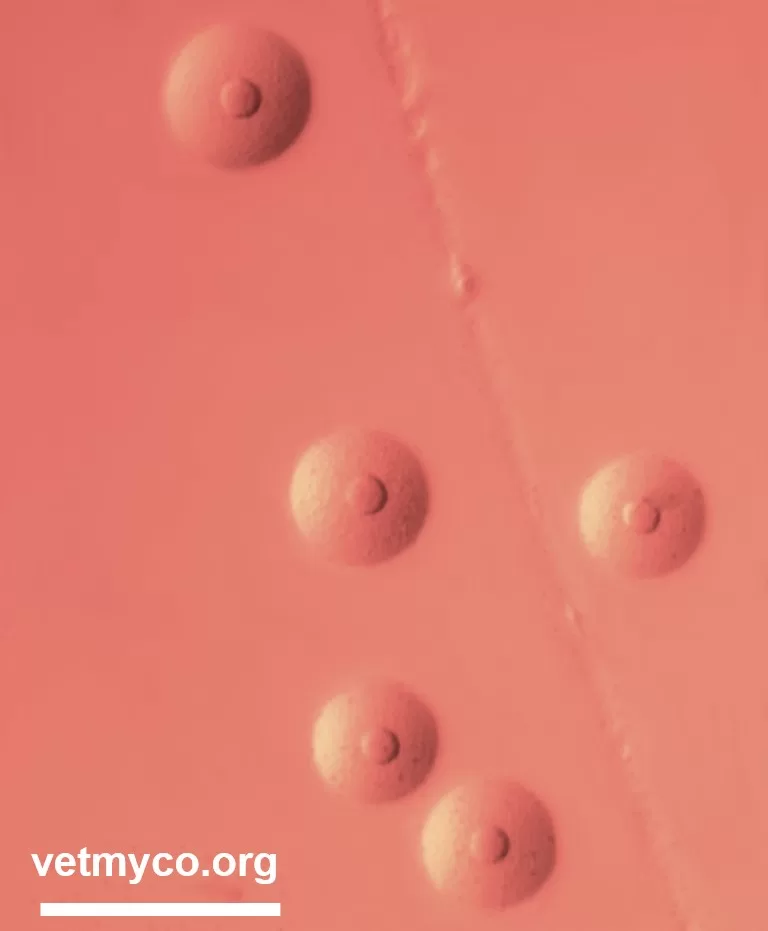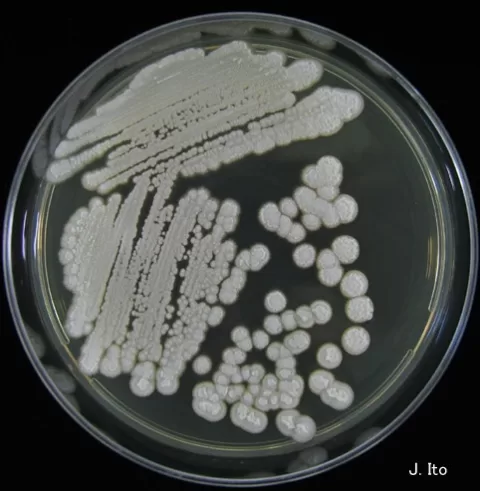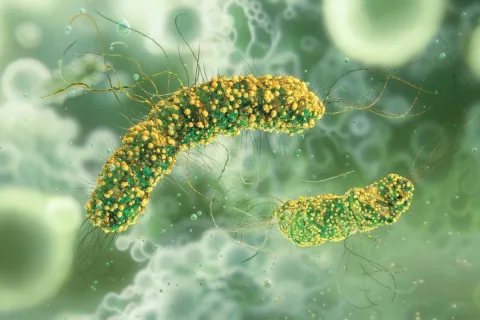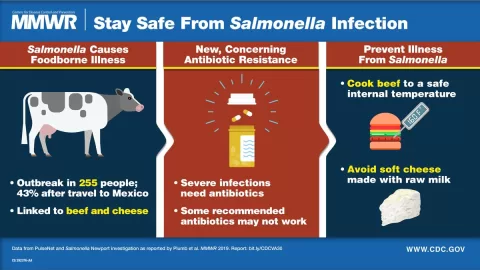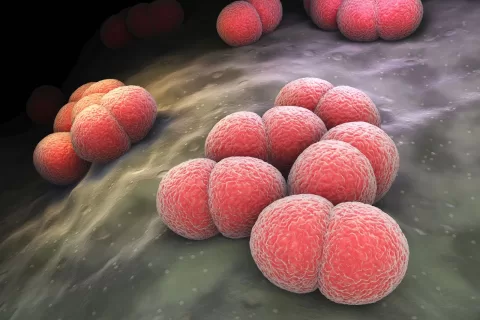Mycoplasma arginini infection is an emerging concern among immunocompromised patients, particularly kidney transplant recipients who may be at a greater risk for severe complications. This bacterium, typically associated with animal contact infections, is rarely recognized in clinical settings despite its potential to cause serious health issues. In Slovenia, a notable case highlighted the challenges faced by a 56-year-old woman who developed cellulitis, tenosynovitis, and arthritis following her kidney transplant due to an M. arginini infection. The importance of understanding this pathogen lies in its classification as a member of the Mollicutes group of bacteria, which lack a cell wall and can replicate autonomously. Increased awareness and prompt treatment are essential for preventing Mycoplasma arginini complications, especially in individuals with a history of immunodeficiency and animal exposure.
The presence of Mycoplasma arginini in humans is a subject of growing interest, particularly in the realm of kidney transplant infections and other immunocompromised infections. Often overlooked, this pathogen can lead to serious conditions such as cellulitis and arthritis in patients with weakened immune systems. M. arginini, typically found in animals, raises concerns about zoonotic infections in those engaging in close animal contact. Its low pathogenicity in healthy individuals does not mitigate the risks it poses to vulnerable populations. Understanding the symptoms and treatment options for infections caused by this bacterium can significantly improve patient outcomes and enhance clinical management strategies.
Understanding Mycoplasma arginini Infection
Mycoplasma arginini is a unique bacterium that predominantly resides in animal hosts. This microorganism has gained attention for its potential to cause infections, particularly in immunocompromised individuals. Unlike many bacteria, M. arginini lacks a cell wall, which makes it resistant to certain antibiotics and complicates treatment strategies. The bacterium is typically regarded as having low pathogenicity, but it can lead to serious complications if the host’s immune system is impaired, as seen in kidney transplant recipients.
Cases of M. arginini infection, although rare, underline the need for increased awareness among healthcare providers, particularly regarding its transmission through animal contact. In patients with weakened immune systems, such as those undergoing kidney transplants, the risk of severe infection escalates. Potential symptoms can range from cutaneous infections to more systemic issues, and clinicians must be vigilant in recognizing the subtleties of M. arginini infection.
The Importance of Recognizing Cellulitis in Transplant Recipients
Cellulitis is a common bacterial skin infection that can pose significant risks for kidney transplant recipients. The compromised immune systems of these patients, often due to extensive immunosuppressive therapy, make them susceptible to infections that might be otherwise manageable in healthy individuals. Early recognition and diagnosis are fundamental in preventing the progression of cellulitis into more severe conditions such as tenosynovitis and arthritis, particularly when pathogens like Mycoplasma arginini are involved.
In the case of the kidney transplant recipient from Slovenia, the progression from a seemingly benign infection to significant morbidity emphasizes the need for suspicion regarding atypical organisms in cellulitis cases. Close observation and timely treatment can substantially improve patient outcomes, showcasing the intricate relationship between immunocompromised states and the development of infections that follow a different clinical trajectory compared to immunocompetent patients.
Animal Contact Infections in Immunocompromised Patients
Immunocompromised patients harbor unique vulnerabilities, particularly in household settings where they may have close contact with animals. M. arginini, prevalent in various animal species, highlights the connection between domestic animal interactions and the increased risk of infection. For kidney transplant recipients, such exposure can lead to complications that could easily escalate from mild symptoms to severe infections requiring hospitalization.
Understanding the role of animal contact in the incidence of infections can help healthcare professionals advise patients appropriately. Awareness campaigns focusing on minimizing exposure to potential pathogens from pets can serve as preventative measures for immunocompromised individuals. Precautions should include maintaining hygiene when handling animals, avoiding bites or scratches, and recognizing any signs of infection promptly.
Treatment Strategies for Mycoplasma arginini Infection
The treatment of Mycoplasma arginini infections can be challenging due to its intrinsic resistance to many standard antibiotics. In cases involving kidney transplant recipients, a tailored approach to antibiotic selection becomes paramount. In the reported case, the initial misjudgment in choosing oral amoxicillin/clavulanic acid followed by the eventual switch to moxifloxacin represents a critical learning point for clinicians dealing with similar presentations.
Moreover, dual therapy may offer benefits in overcoming the resistance presented by M. arginini. Clinicians must remain adaptable, utilizing a combination of antibiotics based on susceptibility patterns identified through laboratory testing. Continuous monitoring and adjustment of treatment plans are essential to achieving better clinical outcomes in transplant recipients suffering from infections caused by this atypical pathogen.
Preventive Measures for Kidney Transplant Recipients
For kidney transplant recipients, implementing preventive measures is crucial in reducing the risk of infections, including those caused by Mycoplasma arginini. Education on hygiene practices related to animal contact is essential. Simple measures such as regular handwashing, ensuring pets are healthy and free from infections, and avoiding direct contact with animal waste can significantly contribute to patient safety.
Additionally, routine health checks for pets in the household provide an extra layer of defense against zoonotic infections. By fostering a proactive healthcare relationship, both patients and clinicians can collaborate effectively to mitigate risks associated with immunocompromised conditions.
The Role of Immunosuppressive Therapy in Infection Risk
Immunosuppressive therapy is essential for preventing organ rejection in kidney transplant recipients, but it also heightens the risk of infections. As the immune system is modulated to protect the transplanted organ, the body’s defenses against opportunistic pathogens, like Mycoplasma arginini, diminish. Serial monitoring of patients on immunosuppressive regimens becomes vital, as infections can arise insidiously and lead to catastrophic outcomes.
Recognizing the correlation between immunosuppressive therapy and infection susceptibility enables healthcare providers to conduct preemptive evaluations and tailor management plans effectively. Individualizing treatment protocols to maintain immune balance while preserving graft function is an ongoing challenge in the post-transplant care paradigm.
Recognizing Symptoms of Infections Early
Recognizing the symptoms of infections early, especially in transplant recipients, is fundamental for timely management. Symptoms like localized swelling, pain, and redness should prompt immediate evaluation, particularly if patients have had recent animal contact or are on immunosuppressive therapy. Early symptoms can often be misattributed to normal postoperative recovery, thus increasing the risk of delay in diagnosing serious infections.
In the context of Mycoplasma arginini, understanding its potential presentation as cellulitis can guide healthcare providers toward quicker diagnostics. Timeliness in intervention not only aids in reducing morbidity but can also enhance the overall survival rate and quality of life for vulnerable populations such as kidney transplant recipients.
The Emerging Threat of Non-Traditional Pathogens
As the medical community becomes increasingly aware of non-traditional pathogens, organisms like Mycoplasma arginini demand attention for their unique pathogenic capabilities. With the rising incidence of infections stemming from unusual bacteria, there is a compelling need for enhanced diagnostic capabilities and clinical awareness. These infections, although previously deemed rare, can pose significant threats in populations with specific risk factors.
Non-traditional pathogens may often be overlooked due to their atypical presentation, which can complicate clinical decision-making. Therefore, healthcare systems must invest in training for clinicians on the recognition of these pathogens to implement appropriate therapeutic strategies that can improve outcomes in at-risk populations, including those undergoing kidney transplants.
Long-term Follow-up in Post-Transplant Patients
Long-term follow-up in kidney transplant recipients is essential for monitoring potential complications arising from infections such as those caused by Mycoplasma arginini. Surveillance protocols should include regular assessments of immune status and infection markers, as late-onset infections can still occur years after the initial grafting. The interplay between ongoing immunosuppression and patient health necessitates a vigilant approach in the post-transplant phase.
Routine health assessments will not only aid in the early detection of infections but also provide opportunities to reinforce preventive strategies aimed at reducing risks associated with zoonotic pathogens. With a robust follow-up framework, clinicians can ensure that kidney transplant recipients receive comprehensive care that addresses potential complications, including those arising from atypical infections.
Frequently Asked Questions
What is Mycoplasma arginini infection and who is at risk?
Mycoplasma arginini infection is caused by a bacterium primarily found in animals, typically presenting a low risk in healthy individuals. However, immunocompromised patients, such as kidney transplant recipients, are at a higher risk for severe infections. This bacterium can lead to conditions like cellulitis and arthritis in vulnerable populations.
How does Mycoplasma arginini infection affect kidney transplant recipients?
In kidney transplant recipients, Mycoplasma arginini infection can lead to serious complications such as cellulitis and joint inflammation. The immunosuppressive therapy required for transplant acceptance increases the risk of opportunistic infections, making early recognition and targeted treatment vital.
What symptoms indicate a possible Mycoplasma arginini infection in transplant patients?
Symptoms of a Mycoplasma arginini infection may include swelling, redness, and pain in the affected areas like limbs or joints. Kidney transplant recipients should be vigilant for signs of cellulitis or worsening joint pain, especially following animal contact.
How is Mycoplasma arginini infection diagnosed?
Diagnosis of Mycoplasma arginini infection typically involves clinical evaluation, imaging studies, and laboratory testing. In the case of a kidney transplant recipient, analysis of synovial fluid can confirm the presence of Mycoplasma species, aiding in appropriate treatment decisions.
What treatments are effective for Mycoplasma arginini infection?
Effective treatment for Mycoplasma arginini infection often includes antibiotics such as doxycycline or moxifloxacin, especially for immunocompromised patients. Early intervention and possibly dual therapy can improve outcomes, particularly in cases like cellulitis or tenosynovitis.
Can Mycoplasma arginini infection be prevented in immunocompromised individuals?
Prevention of Mycoplasma arginini infection in immunocompromised individuals includes minimizing contact with potentially infected animals and maintaining strict hygiene practices. Awareness and prompt treatment of any developing symptoms are crucial for mitigating risks.
Is Mycoplasma arginini common in animal contact infections?
Yes, Mycoplasma arginini is typically considered an animal contact infection, as it resides in the respiratory and urogenital tracts of various animals. While it rarely affects healthy humans, those who are immunocompromised, such as kidney transplant patients, are more susceptible to infection following animal exposure.
What role does animal contact play in Mycoplasma arginini infections?
Animal contact significantly increases the risk of Mycoplasma arginini infections, particularly in immunocompromised individuals. This risk emphasizes the need for caution among kidney transplant recipients and those with similar health vulnerabilities.
| Key Points | Details |
|---|---|
| Mycoplasma arginini Infection | A rare infection identified in a severely immunocompromised kidney transplant recipient. |
| Patient Background | 56-year-old woman with a medical history of IgG kappa plasmacytoma and C3 glomerulonephritis requiring two kidney transplants. |
| Symptoms and Diagnosis | Presented with swelling, redness, and pain in the left forearm, resulting in cellulitis, tenosynovitis, and arthritis confirmed via imaging. |
| Risk Factors | Frequent contact with household cats and a dog; a cat bite occurred a week before symptoms began. |
| Treatment | Initially treated with antibiotics; switched to moxifloxacin after identification of M. arginini from synovial fluid. |
| Outcome | Complete resolution of symptoms post-treatment with a 10-week course of doxycycline and no recurrence at follow-up. |
Summary
Mycoplasma arginini infection poses a significant risk, particularly in immunocompromised individuals with exposure to animals. This case highlights the need for clinicians to consider M. arginini as a potential pathogen, especially in patients presenting with infections after contact with pets. Early diagnosis and appropriate antibiotic therapy are crucial for effective treatment and recovery from this rare but serious infection.
The content provided on this blog (e.g., symptom descriptions, health tips, or general advice) is for informational purposes only and is not a substitute for professional medical advice, diagnosis, or treatment. Always seek the guidance of your physician or other qualified healthcare provider with any questions you may have regarding a medical condition. Never disregard professional medical advice or delay seeking it because of something you have read on this website. If you believe you may have a medical emergency, call your doctor or emergency services immediately. Reliance on any information provided by this blog is solely at your own risk.



